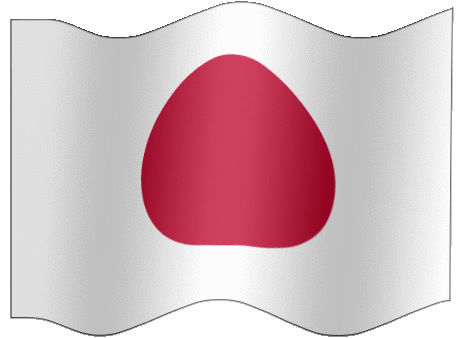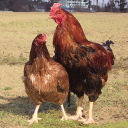 |
 |
 |
Let's be more moved - turn a trip of sights into a trip of feeling!

|
|
|
  |
North of NAKADORI area (except cities) |
| Free estimates Free travel consultation |
|
|
|
|
|
|
| #07I501 |
|
|
|
|
|
| KAWAMATA Organdy Silk |
the thinnest silk fabric in the world |
|
|

The origin of Kawamata silk is said to be 1,300 years ago, when the emperor's
wife, searching for her missing son, arrived here in Kawamata, planted
mulberry trees, started raising silkworms, and taught him how to weave.
In the Meiji era, Kawamata Habutae (a type of silk fabric) suddenly became
all the rage as mass production through mechanization was successfully
achieved. After the world war 2, Kawamata initially struggled due to the
effects of chemical fibers and cheap Asian products, but eventually high-end
designers around the world recognized the high quality of Kawamata silk,
and now Kawamata silk is attracting attention around the world. "Fairy
Feather", the world's thinnest and most flexible silk fabric, was
developed in this town and is so light that it feels like wearing a garment
made of air. What's more, it is mass-produced by machine. |
 |

Kawamata town |
|
|
|
|
|
|
| #07I401 |
|
|
|
|
|
| KAWAMATA Shamo (gamecook) |
one of luxury food ingredient nowadays |
|
 |

During the Edo period, Kawamata town prospered through silk textile production
and produced many "silk millionaires," for whom cockfighting
was a popular form of entertainment. This tradition subsequently disappeared,
but as part of an effort to revitalize the town, inspired by the relationship
between silk and Shamo (Gamecock), research into edible Shamo meat began
in 1983, and after much trial and error, the modern-day "Kawamata
Shamo" was created. The breeding density is set at five to six birds
per square meter so that the birds can move around freely, and the shamo
meat, which is raised in a free-range environment with little stress, has
an inherent chicken flavor that develops the more you chew it. It is now
recognized as a luxury food ingredient. |
 |

Kawamata town |
|
|
|
|
|
|
| #07I201 |
|
|
|
|
|
| ATSUKASHIYAMA Fortress |
old battlefield ruins |
|
|
|

This fortress facility, consisting of moats and earthworks, was built by
Fujiwara Yasuhira's Oshu army to fight off the Kamakura army led by Minamoto
Yoritomo, who established the first samurai government. It was the main
battlefield of the Battle of Atsukashiyama in 1189, and is designated as
a national historic site. This area has a sturdy structure, with double
moats carved into the bedrock. |
 |

Kunimi town |
|
|
|
|
|
|
|
|
|
|
|
|
|
|
|
|
|
|
|
|
|
|
|
|
|
|
|
|
|
|
|